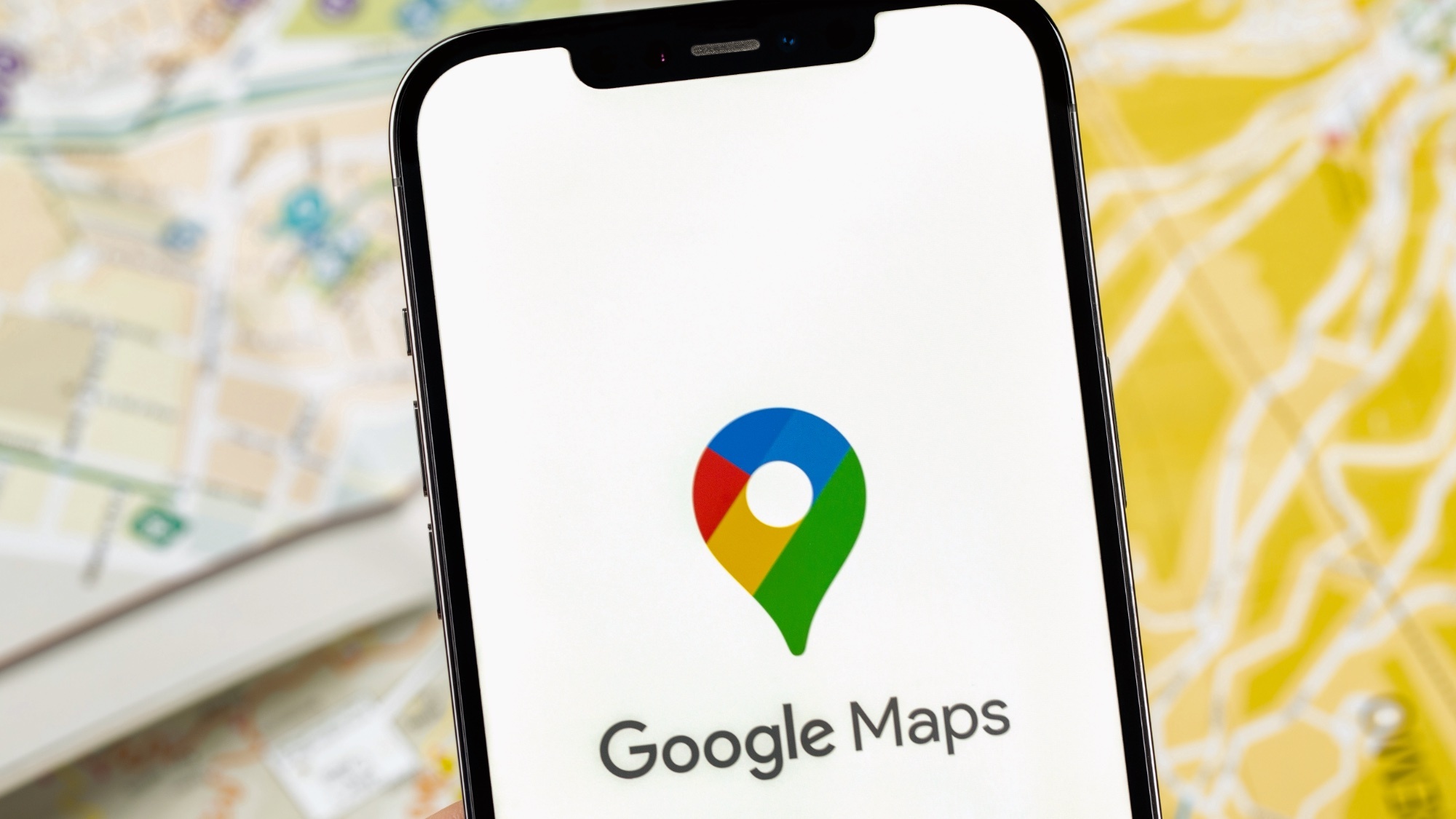
Google Maps’ location-tracking feature, officially known as Timeline, is going through some changes. It was previously announced that Timelines would be switching to local storage in the future, and now emails are being sent to users warning that this change will happen soon.
The switch from cloud to local storage is undoubtedly a good thing, but the downside to the switchover is that Google will be erasing all but the last 3 months of Timeline data in the process. Unless, of course, you intervene and stop that mass erasure from happening.
According to Android Authority, some of those emails claim the significant change will happen on November 19, while others say it won’t happen until December 1. With that in mind, it’s probably a good idea to get your data saved right away — assuming you want to keep it. The good news is that this process should be pretty straightforward.
Anyone with a warning email from Google Maps will find a link at the bottom, letting them review their ongoing Timeline settings. This includes the option to keep all Timeline data indefinitely, regardless of how old it might be, or until you choose to erase it yourself. You’ll also have the option to auto-delete all data after 3 months, which I’ve taken advantage of for many years.
If you haven’t had one of these emails or want to ensure you have a backup of your Timeline data anyway, then there is another option. Considering that Android Authority reports that some users have had their data deleted, regardless of the fact that they explicitly asked Google not to delete anything,
Head to takeout.google.com, and untick every option except Location History (Timeline). From there, hit Next Step > Create Export, and you’ll get a backup copy of all your saved location history. Google is also apparently rolling out a dedicated export button to individual devices, hidden in the Location services menu.
However, this seems to be in anticipation of moving location history onto user devices rather than the cloud since it will only export location data saved on your phone. This makes sense since you can’t download data from the web if that data isn’t stored in the cloud.







